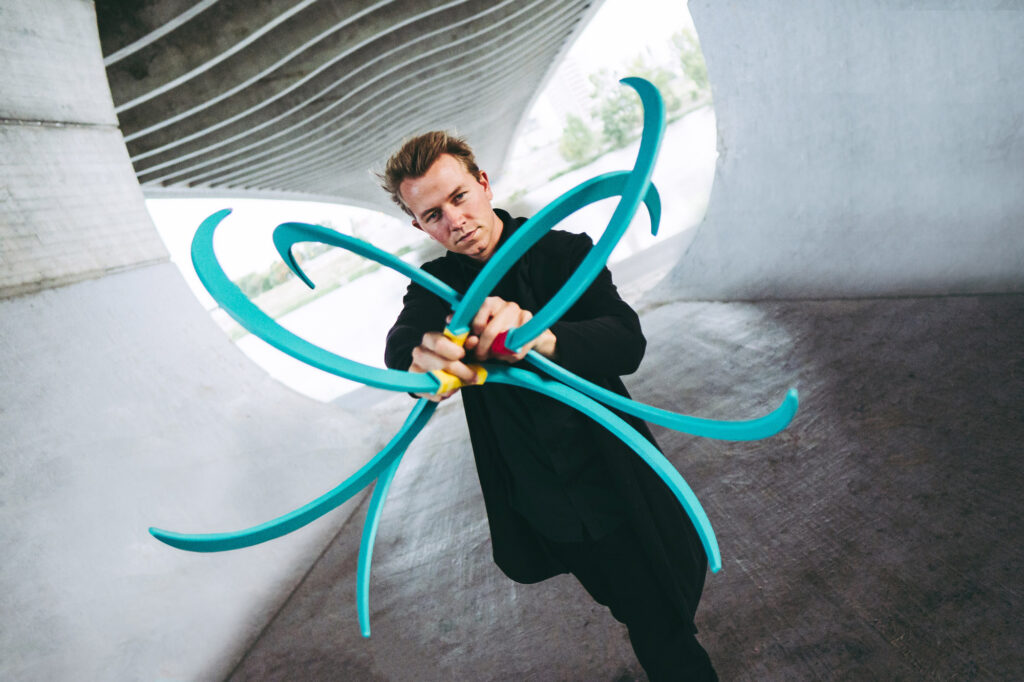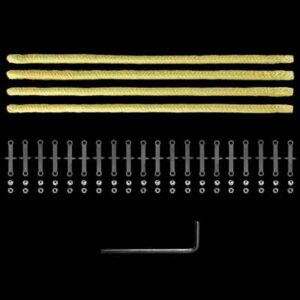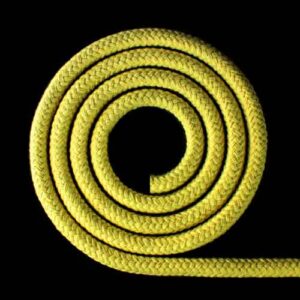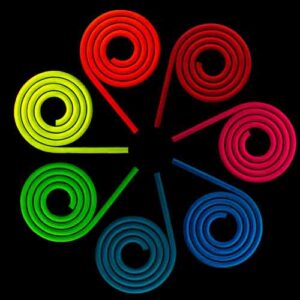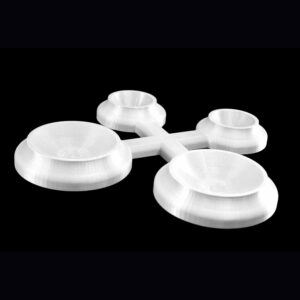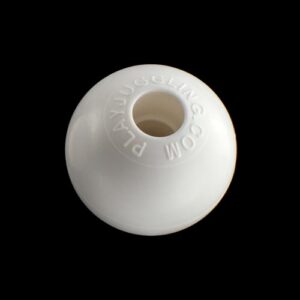Object manipulation is when someone performs by physically interacting with one or more objects. You can do this with many different kinds of props and they vary for each skill. For example, circus props include balls, clubs, hula hoops, rings, poi, staff, and devil sticks.
We can also describe it as using an object in an unusually stylized or skillful way, or for a physical interaction outside of its socially acknowledged context or different from its original purpose. That can include using items such as cards, coins, pencils, balls, etc.
Object manipulation techniques are used in many different performing arts and often also in creative activities. This skill is not unusual among young children and other primates (such as chimpanzees), but it becomes rarer with age.

